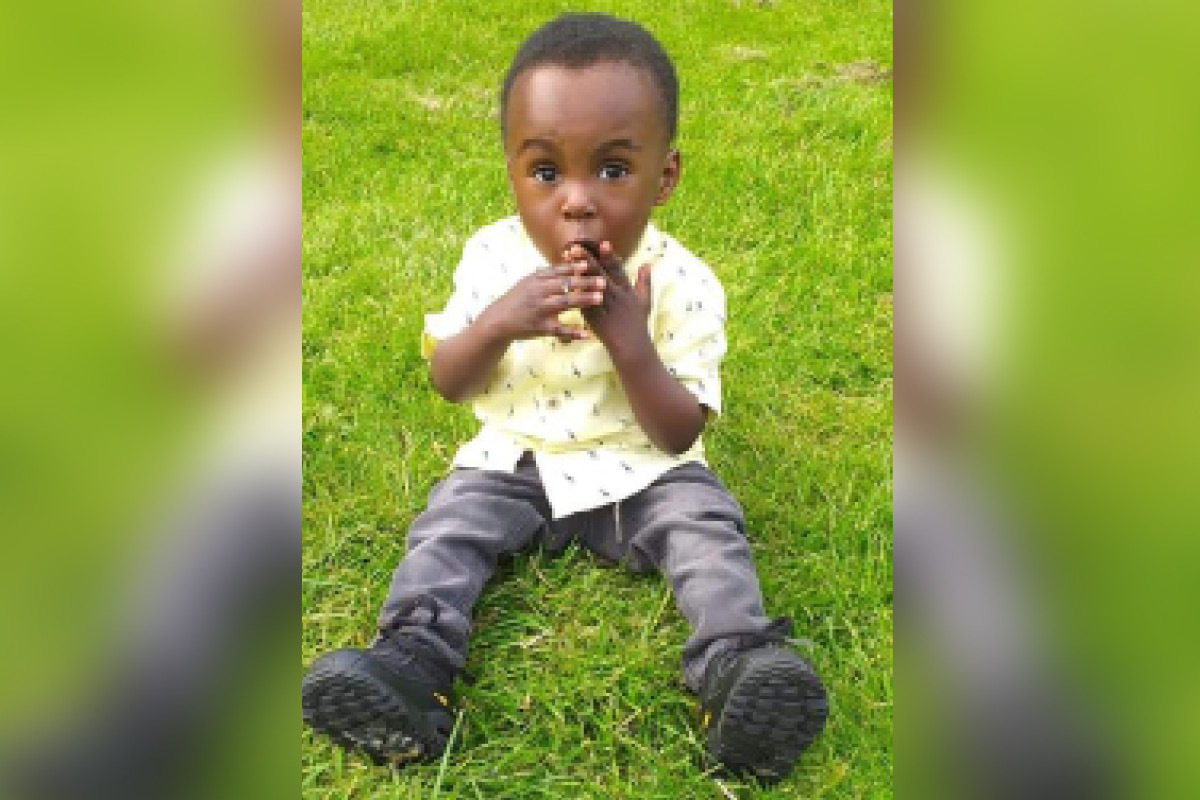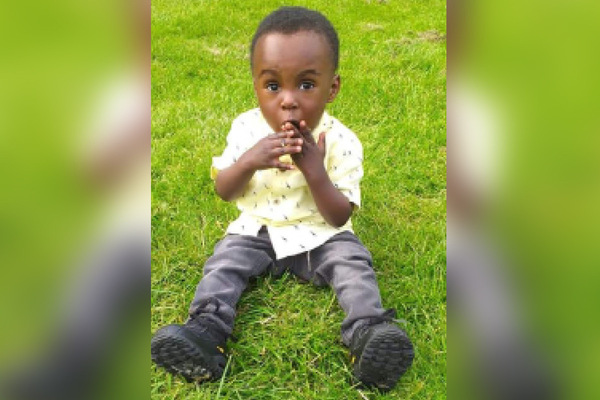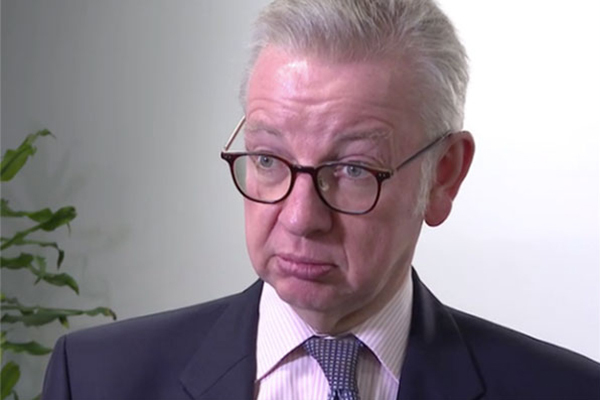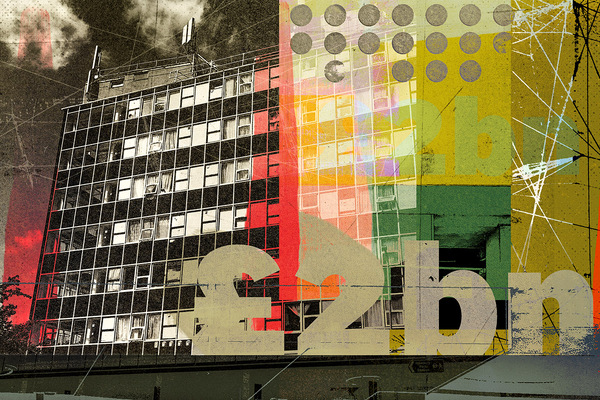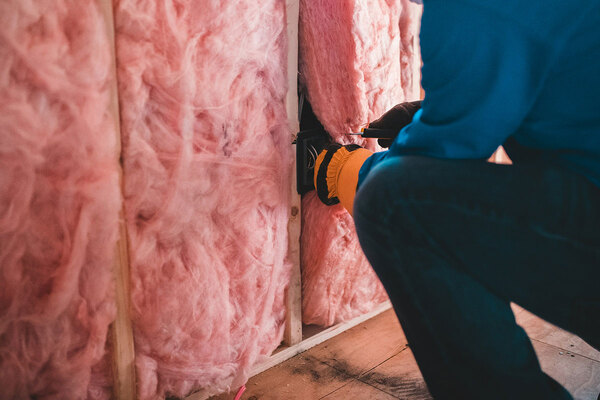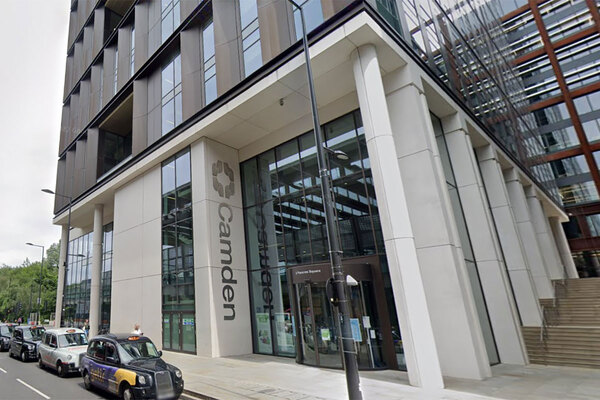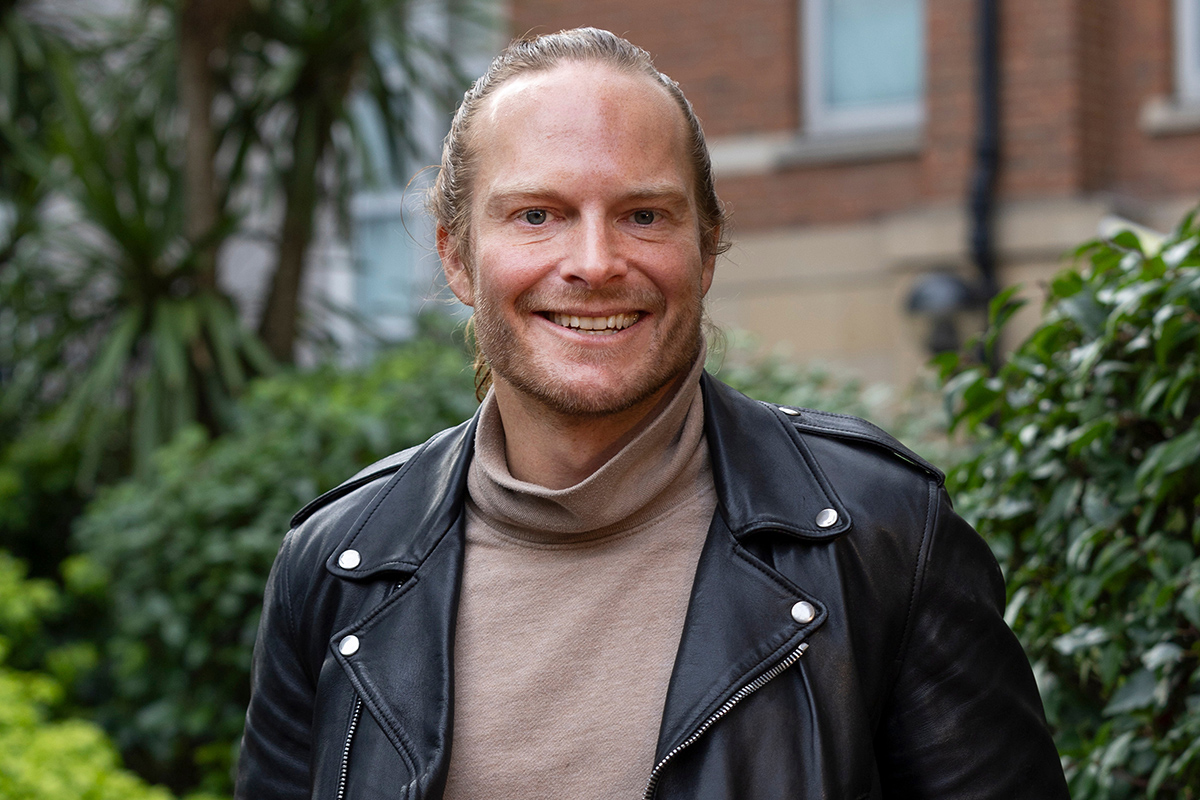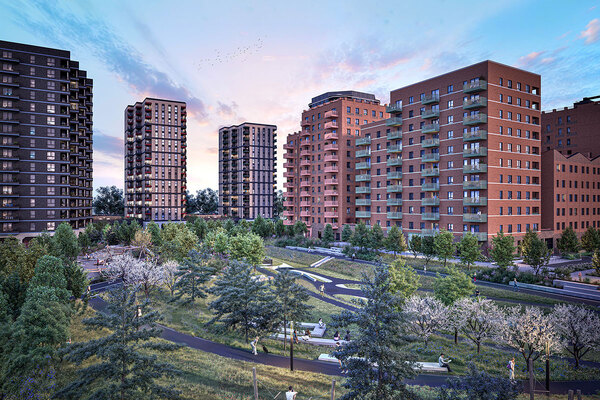Awaab Ishak death: the coroner’s verdict in full
Yesterday saw the inquest of the death of two-year-old Awaab Ishak conclude that the toddler died from prolonged exposure to mould in his family’s housing association flat. The coroner said this should be a “defining moment” for the housing sector. Here is the verdict in full
Introduction
This has been the inquest into the death of Awaab Ishak (“Awaab”). The Interested Persons (“IPs”) are (i) Mr Faisal Abdullah and Ms Aisha Amin, Awaab’s parents, represented by Christian Weaver counsel, (ii) Rochdale Boroughwide Housing (“RBH”), represented by Malcolm Galloway of counsel, (iii) Northern Care Alliance, (“NCA”) represented by Sion Davies, and iv) Rochdale Council represented by Mrs Scott-Bell of counsel.
The purpose of this inquest is laid out in section 5 (1) of the Coroners and Justice Act 2009 which provides that a coroner must ascertain who the Deceased person was and when, where and how he came by his death.
In order to answer those questions I have received and admitted oral and written evidence from Awaab’s family, from his GP, health visitors, early years, his medical records, from doctors at Rochdale Urgent Care and Royal Oldham Hospital, post-mortem investigations, from investigations of his death conducted by Greater Manchester Police and from a variety of professionals who work for RBH.
Set out below are my findings and conclusion as to Awaab’s death. My findings have been reached on the balance of probabilities. In the course of this document I make reference to some of the evidence I have heard but it is not intended to be, and is not, a comprehensive review of all the evidence before me. Rather, my intention is to explain, by reference to parts only of the evidence, why I have reached my findings of fact and conclusion. However, in reaching my findings and conclusion I have taken account of all the evidence I received, both oral and written. If a piece of evidence is not expressly mentioned, it does not mean that I have not considered and taken full account of it.
I should say at the outset both the NCA and RBH provided the court with position statements. I am grateful to both organisations for these.
Background facts
I am satisfied that the person who died was Awaab Ishak who was born on 13 December 2018 in Oldham.
Awaab was the first child of Faisal Abdullah and Aisha Amin. Mr Abdullah had come to live in the UK in 2016 from the Sudan. He was joined in 2017 by his wife. Whilst Mr Abdullah has some understanding and ability to converse in English, his wife has very little. This is important when considering the ability of professionals to engage in discussions with the family and when considering the ability of the family to explain any worries or concerns they had and to understand advice.
Awaab had been born prematurely at 31 weeks however there was no concerns from his consultant neonatologist or any other health professionals that he was not developing well. All the evidence suggests he was an engaging, lively, endearing two-year-old who was much loved and cared for by both of his parents.
196 Ilminster
196 Ilminster is a one-bedroom flat. This property is owned by RBH who are the landlords. Mr Abdullah moved into the property shortly after his arrival in the UK.
In 2017 he was joined by his wife and they continued to live there when Awaab was born.
Mr Abdullah told the court that in 2017 he had noticed mould developing in the property and had advised RBH of the same. He explained he was told to paint over the mould. I heard that Mr Abdullah painted over the mould and that he did this on more than one occasion. On balance I find as a matter of fact this was the advice given to Mr Abdullah when he reported his concern. On balance I also consider it is more likely than not that Mr Abdullah would not have fully understood to treat the mould with anti-mould treatment / paint.
Having received this advice I consider it more likely than not, there were other occasions over the next two years when Mr Abdullah continued to follow this advice and repainted the property particularly when he was joined by his wife and when their baby was due.
I also find from the evidence of Mr Abdullah and Ms Amin that the mould in the property was a recurring, consistent issue and in June 2020 Mr Abdullah instructed solicitors. In all likelihood it appears this claim was initiated via a claims company. Due to policy the impact of the commencement of a claim meant that any disrepairs found would not be undertaken until there had been an agreement from the claimant’s solicitors.
I heard evidence that this policy was not unique to RBH and was adopted by them following other similar organisations who have this policy.
There is no evidence that between the advice being given to Mr Abdullah in 2017 and June 2020 that there was any indication given to RBH of the recurring mould.
I heard evidence that in July 2020 Ms Amin, who was now pregnant with her second child, and Mr Abdullah began to seek help from health professionals who were involved with the family.
Caroline Ridley, health visitor, attended the home address on 1 July 2020. She told the court Mr Abdullah showed her the mould in the kitchen and the bathroom. He asked for support with the application which was pending to move house. Ms Ridley wrote to RBH on 9 July 2020 expressing her concerns about the mould in the house and the potential impact to the health of Awaab.
I heard evidence that in 2020 there were numerous different IT systems in use within RBH and not everyone who had contact with the family would have had access to the same information, hence some RBH employees would not have been aware of the concerns raised by Ms Ridley, others may not have been aware a child resided in the property.
Mr Wrigley is a disrepair manager at RBH. He attended at 196 Ilminster on 14 July 2020 to complete a disrepairs inspection. Mr Wrigley explained that this inspection was essentially to consider if the claim of mould in the kitchen and bathroom as raised in the letter from the solicitors representing the family was accurate. Mr Wrigley told the court he inspected the property and confirmed some actions were needed, namely:
- Mould in the kitchen on the walls and ceiling required treatment
- Mould in the bathroom on the walls and ceiling required treatment
- The mould seen in the cupboard in the bedroom required treating using a three-part treatment
At the time of the inspection there was no indication of any damp, the walls were dry and there was no obvious evidence of any leaks. A plumber was asked to attend in order to confirm the same. This further check was completed by Mr Tilbey.
In November 2020 Caroline Ridley re-sent her letter to RBH at the request of Mr Abdullah. On 20 November 2020 Mr Foster, a technical inspector at RBH, told the court he attended 196 Ilminster due to concerns there may be a leak from 196 into a property below. He told the court that Ms Amin was present in the property but he acknowledged he did not have access to an interpreter. He recalled she was quite upset as she showed him around the property.
Mr Foster said he could find no evidence of any leaks in the bathroom or anywhere in the property. He did note the mould and also confirmed there was no effective ventilation in the bathroom as the fan worked but very poorly. The kitchen had no mechanical ventilation at all. Mr Foster recommended a survey to look at the ventilation issues and treatment of the mould.
Expert evidence
During the course of the inquest I heard evidence from Mr Richard Blakeway, the housing ombudsman, and also Professor Richardson, consultant mycologist.
Professor Richardson assisted Greater Manchester Police during their investigation into Awaab’s death. He had attended at 196 Ilminster to assess and test the mould present. He explained how he found extensive and significant mould in all the rooms. In his view it had been present for some considerable time, although he could not date it. He explained to the court the importance of locating and understanding the source of the damp or water. For example in the bedroom cupboard he was of the view that the pattern was likely due to water ingress from somewhere but told the court it was not his role to locate the source.
Professor Richardson described the various types of fungi and the diversity of the mould within the property. He also explained the health issues which can arise from exposure to mould.
In October 2021 the Housing Ombudsman published a report highlighting issues relating to damp and mould. Mr Blakeway told the court this report was produced due to the ombudsman noting an increasing number of complaints being received relating to this issue together with emerging common themes.
One of these themes Mr Blakeway explained was the over-reliance being placed on the contribution of a tenant’s lifestyle as the cause of the problem.
Ms Khan for RBH recognised this in the evidence she gave to the court and accepted that rather than focus on the cause, the focus needs to be on preventative measures.
Having considered all the evidence in this case I find that the most likely cause of any damp or moisture in 2020 was, more likely than not, due to normal daily living activities albeit there may have previously been other issues such as leaks from other properties. To be clear there is no evidence that the ways of living by the family were in any way excessive.
Furthermore I find as a matter of fact that the ventilation in the bathroom was not effective, there was a lack of ventilation in the kitchen and an overall lack of an effective ventilation system in the property. This was a direct contributing factor in the development of the mould.
It is acknowledged by RBH and I find as a matter of fact, that following the report from Mark Wrigley in July 2020 a more proactive response should have been taken to treat the mould which was present and to take steps to prevent its reoccurrence.
Finally I find as a matter of fact that no action was taken and from July 2020 until December 2020 Awaab continued to have chronic exposure to harmful mould.
Medical conditions
I heard evidence that Awaab presented more than most children to his GP and to hospital with cold-type illnesses. Runny noses/coughs/upper respiratory tract infections. These presentations of themselves were not enough to flag up any concerns, they are not uncommon presentations in young children.
A number of health professionals were involved with the family; these included health visitors, midwives and the GP. All health professionals were asked about the information-sharing process between their services.
As already stated in July 2020 health visitors raised concerns to RBH about the mould and potential impact on Awaab’s health. The GP advised he was not made aware of this or copied into the correspondence.
The GP was aware of the number of times Awaab had presented to surgery but this information was not shared with the health visitors.
In September 2020 the community midwife completed a special circumstances form to children’s services highlighting concerns about the mould and potential impact on Awaab’s health. This was not shared with the GP or health visitor. There is no evidence to show this was received by children’s services and there is no evidence to indicate any action was taken.
A referral was made to early help/early years and attempts were made by Lauren Hughes to assist the family by making contact with housing.
I am satisfied from the evidence heard that there was an evident gap in the information-sharing between health visitors/midwives/early help services and the GP. Most importantly it was not until 16 December 2020 that there is any indication that the GP is aware of any social conditions which may be having an impact on a child patient’s health.
19-21 December 2020
I heard evidence that on 19 December 2020 Awaab was taken to Rochdale Urgent Care Centre by his parents. This was due to a two-week history of shortness of breath. His breathing was noted to be noisy and it was noted that his breathing had suddenly deteriorated. He was treated and observed and shortly after midnight was transferred over to Royal Oldham Hospital for further observation.
Dr Marshall told the court she saw Awaab with his mother and also took information from his father over the telephone. Throughout his period of observation Awaab remained medically stable and Dr Marshall felt his presentation was one of croup. Awaab was discharged home. I am satisfied that given Awaab’s improvement and presentation this was a reasonable diagnosis.
The following day he deteriorated and the court heard he was taken to Rochdale Urgent Care Centre by his parents following a conversation with the Community Children’s Nursing Team. It was accepted by the NCA that the advice should have been given to either call 999 or to take directly to Royal Oldham Hospital.
As a matter of fact I find there should have been explicit instructions provided to the family on the morning of 21 December to call an ambulance or to take Awaab directly to Royal Oldham Hospital.
Medical cause of death
I heard evidence that following Awaab’s death extensive investigations were conducted by Dr Lumb, forensic Home Office pathologist and Dr Petts, consultant paediatric pathologist, in order to determine the cause of Awaab’s death.
Dr Lumb also had the benefit of listening in court to the evidence from Professor Richardson. Dr Lumb told the court that on examination of Awaab his trachea and bronchi were swollen and this swelling to the lining of his airways and throat was the most significant internal finding.
Histology indicated an unusual pattern of change – there was evidence of severe granulomatous tracheobronchitis. Dr Lumb explained this was usually a long-standing process which would take time to develop, usually weeks or months.
Dr Lumb was asked whether the process could be reversed and he told the court that the presence of granulomas is evidence of a long-term inflammatory process, which are difficult to reverse, and that would take some time. In this case he explained that they are continuing to get worse with continued exposure.
Dr Lumb went on to advise that granulomas are normally seen in specific conditions and are very rare in young people. He went onto explain that there was no evidence of TB and the pattern of change was not of the same distribution as you may expect to see in people who have autoimmune conditions.
The distribution here fitted a pattern of something entering the airways and causing the granulomas. Dr Lumb told the court this fitted with fungal infections and together with the history and circumstances and with the post-mortem findings the only explanation, in his opinion, was that the death was due to chronic exposure to fungus.
I find as a matter of fact that the medical cause of Awaab’s death was:
1a) Acute airway oedema with severe granulomatous tracheobronchitis due to
1b) Environmental mould exposure
Conclusion as to the death
At the end of the evidence I received legal submissions from counsel for the IPs which address the possible conclusions available to me. I have considered and taken full account of all the submissions.
It was agreed by all IPs that a narrative conclusion would be the most appropriate conclusion in this case and I accept that submission.
I was then asked by the legal representatives for the family to consider a rider of neglect. In order to consider neglect I have to be satisfied on the balance of probabilities that there is a ‘clear and direct causative link’ between the action or omission to which the neglect relates and the death.
I accept it does not have to be the only action but it must have caused or contributed more than ‘minimally, trivially or negligibly’ to the death.
I find as a matter of fact that the development of Awaab’s severe respiratory condition which led to him going into respiratory arrest was entirely due to the prolonged exposure he had to mould in his home environment.
However the very difficult question in light of the position of the NCA and the evidence of Dr Panesa is, would Awaab have died at the exact time he did if appropriate advice and treatment had been given. Dr Panesa was pressed on this point in questions from myself and his evidence to the court was that Awaab would not have died if an ambulance had been called or if he had been taken directly to Oldham Hospital.
He explained that they would have been able to place the ventilation tube further down past the blockage which would have prevented the cardiac arrest.
This evidence was not challenged by any of the legal representatives.
For a rider of neglect any such failure would have to be considered by myself to be a “gross failure to provide adequate nourishment or liquid, or provide or procure basic medical attention or shelter or warmth for someone in a dependant position – because of youth, age, illness or incarceration – who cannot provide it for himself” (R v North Humberside Coroner ex p Jamieson [1995] QB1).
I do not find that the omissions, which are accepted omissions by the NCA, are such that they reach the threshold of gross. As such I am not adding a rider of neglect to my conclusion in Box 4.
Record of Inquest
I shall, therefore, record the following on the Record of Inquest:
Box 1:
Awaab Ishak
Box 2:
1a) Acute airway oedema with severe granulomatous tracheobronchitis
1b) Environmental mould exposure
Box 3:
Awaab died on 21 December 2020 at the Royal Oldham Hospital. Since his birth he had lived at 196 Ilminster, Tweedale Street, Rochdale. During his life he had been exposed to environmental mould which had formed in the home address due to damp and condensation arising from normal activities of daily living. The mould had been reported to Rochdale Boroughwide housing association (“RBH”), the landlords of the property in 2017. In 2017 the advice given, to paint over the mould, was not clear or effective and did not address the underlying cause of the mould.
The property had inadequate ventilation and was not equipped for normal day-to-day living activities, which led to excess damp and condensation.
Awaab had consistently suffered from cold/respiratory issues throughout his life. In July 2020 health visitors raised their concerns about the mould in a letter to RBH dated 9 July 2020. This information was not shared with the GP.
RBH conducted an inspection of the property on 14 July 2020. Too much emphasis was placed on the cause of the mould being due to parent’s lifestyle and did not identify the lack of an adequate ventilation system as a factor in the presence of the mould.
Due to an ongoing disrepair claim no remedial action was taken. Remedial works to treat and remove the existing mould should have been undertaken. The lack of action meant Awaab continued to be exposed to harmful mould between July 2020 and December 2020. The harmful effects of mould were not fully appreciated or understood.
On 19 December 2020 Awaab was taken by his parents to Rochdale Urgent Care Centre due to stridor and increased respiratory effort. He was transferred to Royal Oldham Hospital for observations. This attendance was during the pandemic when only one parent could be present. English was not the first language for Awaab’s mother who was present. Awaab was medically stable following his observations and a working diagnosis of croup was made. This was reasonable given his presentation. The doctor had been made aware of the presence of mould in the house and an appropriate referral was made to social services.
Awaab was discharged on 20 December 2020. Clear instructions using an appropriate translator should have been provided to the family. It should have been communicated to them that should Awaab have any further breathing difficulties then they must call an ambulance or present directly to the Royal Oldham Hospital.
On 21 December 2020 Awaab’s father contacted the Children’s Community Nursing Team, he was advised he could take Awaab to hospital himself. Parents should have been advised to call 999 for an ambulance. The time of this call was not documented. Awaab was taken to Rochdale Urgent Care Centre. He was in a critical condition and proceeded to go into respiratory arrest. The ventilation of his airway was sub-optimal and en route to Oldham Hospital he went into cardiac arrest. Despite attempts to resuscitate Awaab he died at Royal Oldham Hospital.
Box 4:
Awaab Ishak died as a result of a severe respiratory condition caused due to prolonged exposure to mould in his home environment. Action to treat and prevent the [condition] was not taken. His respiratory condition led to a respiratory arrest. The medical advice given to his parents led to Awaab receiving sub-optimal ventilation of his airway which was unable to prevent his cardiac arrest.
Box 5:
- 13 December 2018, Royal Oldham Hospital
- Awaab Ishak
- Male
- 21 December 2020 Royal Oldham Hospital
- Son of Aisha Amin and Faisal Abdullah, 196 Ilminster, Rochdale
Joanne Kearsley
HM Senior Coroner
15 November 2022
Sign up for our daily newsletter
Already have an account? Click here to manage your newsletters
